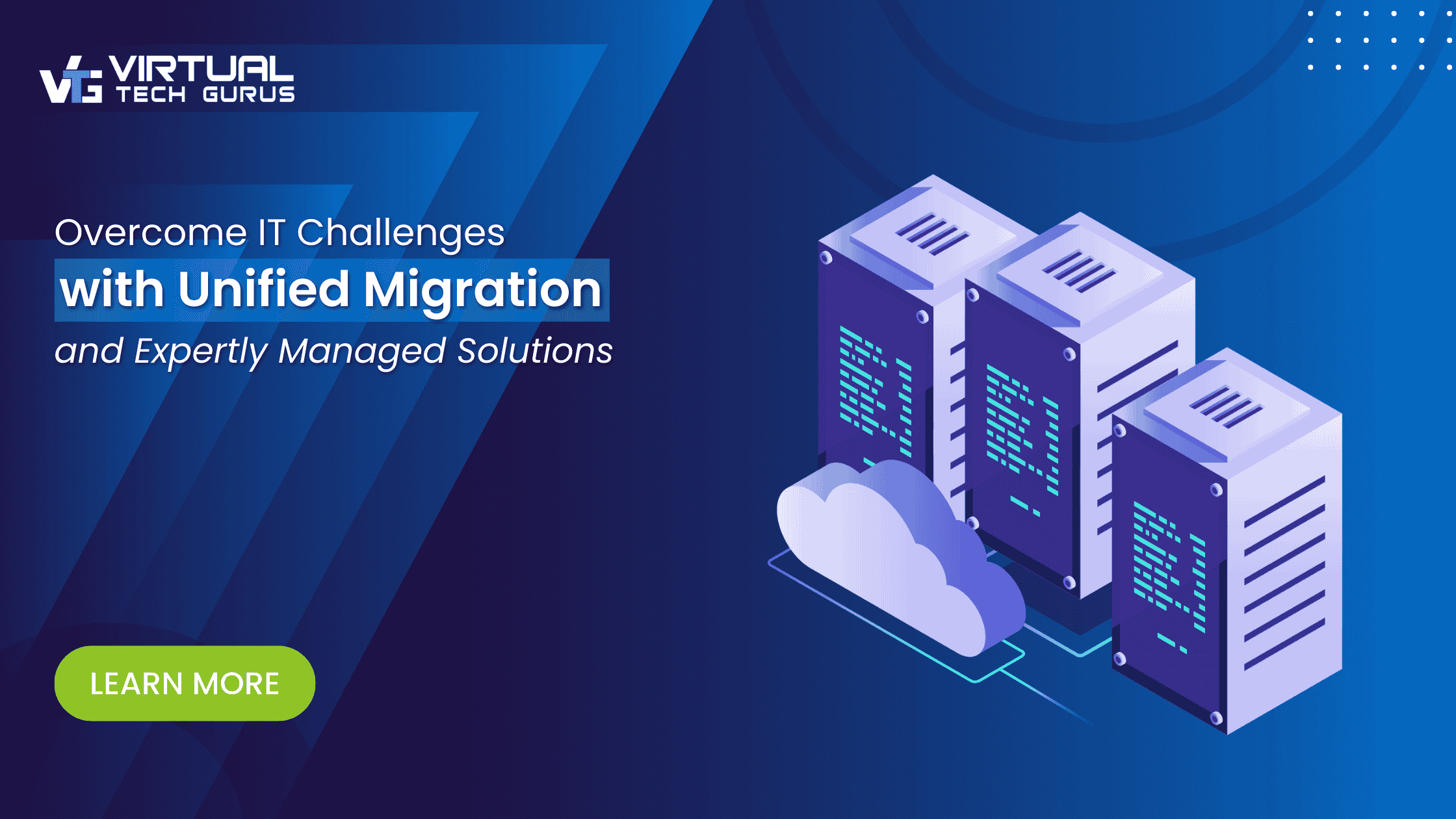When IT departments are under pressure to align their technical goals with business objectives, migrating to the cloud acts as an important bridge between the two.
Cloud doesn’t just mean lower operational costs, capital savings and greater scalability. They’re important benefits, but cloud is helping to transform the way companies do business and, in that way, it delivers a powerful return on investment.
A recent report from ISACA, the association for IT professionals, found that organizations are increasingly using business agility as a key ROI metric, rather than the traditional operational metrics.
Accelerating Product Development
In product development, for example, project teams can work together more easily using cloud-based collaboration tools. Teams can bring in members from different internal departments, but they can also spread the net further, using cloud’s reach to include customers, suppliers, business partners and experts from universities or research organizations.
The result is products that incorporate more points of view and the opportunity to get to market faster with a superior offering.
Project teams can also utilize cloud’s scalable storage capacity to capture, store and access the vast amounts of data available from the marketplace or from IoT systems. More data gives development teams greater insight and confidence to release products that meet real-world needs.
IT teams can use the same cloud facilities to develop their own new services faster to meet business demands. And, they can deliver those services reliably to users wherever they happen to be working. That, in turn, flexibility supports key business objectives of increased mobility and flexible working.
Improving Customer Service
Cloud is also making an important contribution to customer service.
Take the contact center as an example. Once seen as a fixed investment with finite resources, cloud-based contact centers are now available on demand. It’s easy to scale capacity up or down in line with changing traffic levels or seasonal trends.
Organizations can set up virtual cloud contact centers to provide overflow capacity, out-of-hours service or specialist customer support. Remote or contract agents can utilize the same features and services as the main contact center, regardless of their locations.
Customers receive a consistent standard of service across the organization, helping to increase customer satisfaction, loyalty and long-term revenue — all important ROI metrics.
Increasing Productivity
Productivity is a traditional ROI component, but cloud takes productivity gains much further.
For example, it can give employees access to cloud-based productivity tools like Office 365 that incorporate time-saving features like communication and collaboration tools integrated with office services like Word, Excel or PowerPoint.
Because users can access their cloud services from any location and device with Internet connectivity, employees are just as productive on the move or working away from the office.
IT teams can also improve their productivity. Moving workloads, infrastructure and services to the cloud reduces the maintenance and upgrade burdens, freeing staff time and reducing operational costs.
Find Out More
If you would like to know more about our cloud and migration services, please check out the articles and infographics on our website.





